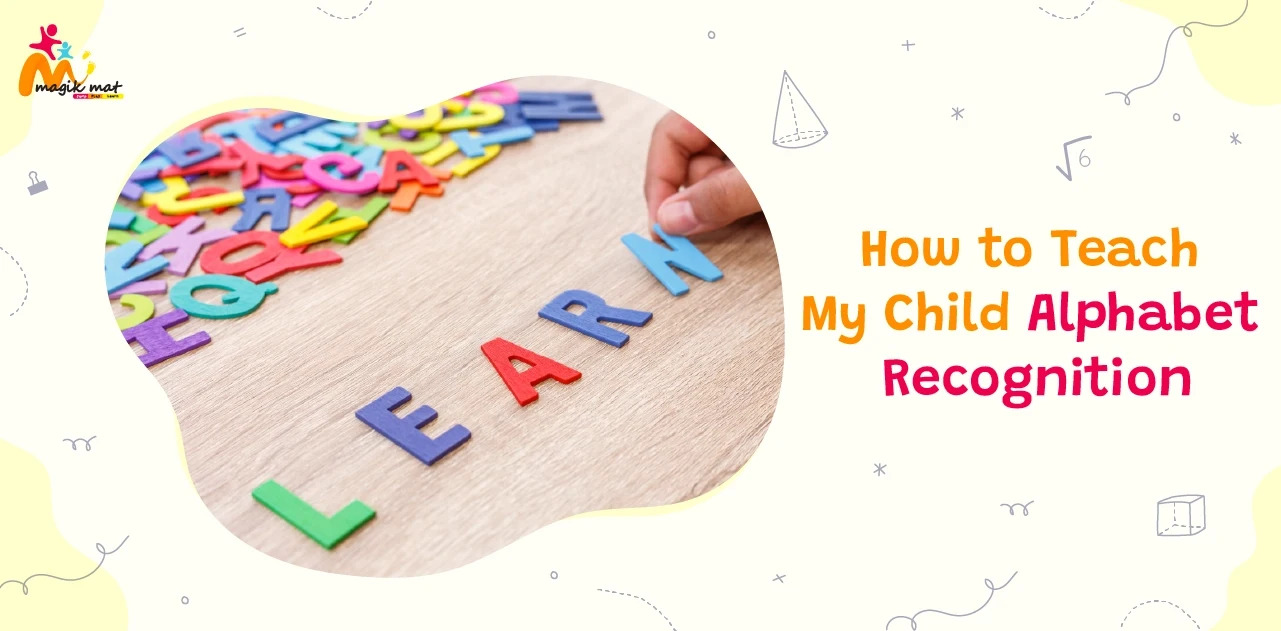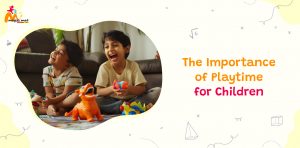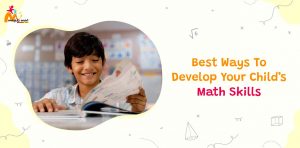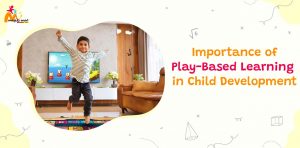Introduction
Discovering the alphabet is akin to unlocking a treasure trove filled with thrilling adventures in reading and writing. For young learners, recognizing letters marks the inaugural stride on this captivating journey toward literacy. In this blog, we’ll explore enjoyable and accessible methods to aid your child in mastering and retaining the alphabet. From identifying letters based on their forms to grasping their phonetic sounds, we’ll delve into each aspect in an interactive and stimulating manner.
Imagine your child’s eyes illuminated with excitement as they certainly distinguish letters in books, on signs, and their surroundings. We can pique their interest and get them on the path to becoming proficient readers and writers by making learning enjoyable and interactive.
Alphabet Recognition Skills
The development of early literacy skills requires a range of skills, including alphabet recognition. Understanding and sustaining these abilities significantly impacts a child’s ability to read and write effectively.
Visual Perception:
Visual perception involves the capacity to perceive letters by their shapes and recognize them from each other. Children can accurately identify letters in a variety of fonts, sizes, and orientations. Strengthening visual perception helps children become proficient in letter recognition, a foundational skill for reading and writing.
Auditory Perception:
Auditory perception is basic for associating letters with their sounds. By developing phonemic care, kids sort out some way to see and separate between the traces of letters, which is basic for unraveling words and getting a handle on language. Taking part in exercises like sound-distinct proof games and phonics schooling further develops hearable discernment capacities.
Visual-Motor Skills:
The term “visual motor skills” refers to the precise hand-eye coordination required to write letters. Children with strong visual motor skills are better prepared to control the development of their hands as they structure letters, which further develops handwriting and letter recognition. Practices like following letters, drawing, and using fine motor gadgets can help with supporting visual-motor skills.
Memory:
Recalling letter shapes, sounds, and associations relies heavily on memory. Children learn to recognize letter names and sounds quickly and unequivocally to read and write smoothly. Multisensory learning, mnemonics, and repetition are ways of further developing memory maintenance and reinforcing alphabet recognition skills.
By doing fun things and utilizing unique methods to help them learn the ABCs. Parents and teachers can help them get better at reading and writing when they’re just beginning school. By allowing children to learn, practice, and find support with these abilities during their regular activities, they can turn out to be surer and more talented at reading and writing. It’s all about making learning exciting and fun for kids so that they enjoy it and want to learn more. Children can become very good at reading and writing, as well as recognizing letters, with a little support and encouragement.
How to Teach Alphabet Recognition to Children
Teaching kids about the letters in order, is a fun journey filled with chances to be creative, try new things, and get to know each other. By adding various exercises into your kid’s everyday daily practice, you can make learning letters both charming and accommodating. Seven fun and easy ways to help your child become better at recognizing letters are as follows:
- Read Alphabet Books:
Alphabet books are perfect for introducing letters to kids in a fun and intelligent way. Pick books with nice pictures and clear letters. Ask your child to repeat after you as you read aloud, pointing to each letter, and describing its name and sound. Asking them questions about the letters and pictures will keep them interested and help them learn.
- Letters to Feel and Touch:
Make tactile learning opportunities by integrating touch-and-feel letters into your educational approach. Make custom-made material letters utilizing materials like sandpaper, finished texture, or froth. Help your kid to follow the letters with their fingers, verbally distinguish them, and investigate their surfaces. Material encounters assist with building up letter shapes and improve tangible picking up, making alphabet recognition more vital and locking in.
- Alphabet Cards:
To practice letter recognition in a playful and engaging way, use alphabet flashcards. Make customized flashcards with enormous, intense letters, or buy sets with eye-catching graphics. Use flashcards to mess around, for example, coordinating, arranging, or playing memory games. Make learning fun by transforming it into a cordial rivalry or integrating compensations for the right responses. With rehashed openness and uplifting feedback, children will turn out to be more confident about recognizing letters autonomously.
- Play with Plastic or Wooden Letters:
Give kids wooden or plastic letters so they can explore and learn directly. Let them manipulate the letters, form words out of them, or arrange them alphabetically. Include imaginative play by creating words or making up scenarios with the letters. Through play, cultivate a love of language and reading by encouraging creativity and experimentation.
- Letter Hunt:
Make an exciting expedition out of letter acknowledgment. To persuade your kid to search for them, conceal attractive letters all through the house or outside. Empower dynamic interest and support as they get familiar with the name and sound of each letter. Encourage them to accumulate the letters and, after they’ve found them all, arrange them in order. In a fun and connecting way, letter hunts improve decisive reasoning, actual activity, and letter-recognizable proof capacities.
- Eat the Alphabet:
Make letter-molded bites that combine culinary innovation with learning. Cut sandwiches, natural products, or treats into letter-set shapes utilizing dough shapers. Energetically show letter names and sounds while including your kid in the food arrangement. Help kids perceive the letters and associate them with their related sounds while they appreciate their letter set treats. For kids, learning turns into a multisensory experience when they eat the letters in order, which increases learning maintenance and delight.
Learn Alphabet with Magik Mat
Magik Mat offers a fun way for children to learn the alphabet through play. By combining physical activity with educational content, it keeps kids engaged and mentally stimulated. This interactive approach helps children develop literacy skills while also improving their motor skills and coordination. With hands-on activities and real-world applications, Magik Mat reinforces learning and boosts children’s confidence in their abilities. Overall, it’s a versatile product that promotes holistic development in children.
Conclusion
Training children to recognize the alphabet is a fulfilling and, at times, engaging cycle. Parents and teachers can help kids develop phenomenal letter recognition skills and a love of language and reading by incorporating a range of drawing exercises into their day-to-day daily practice. Learning ought to be fun, drawing-in, and significant, whether that is accomplished by playing with alphabet cards, reading alphabet books, analyzing tactile letters, or going on letter hunts. You might enable your kid to become capable and confident in letter recognition with diligence, creativity, and excitement, giving strength to their scholastic achievement and long-lasting learning.





